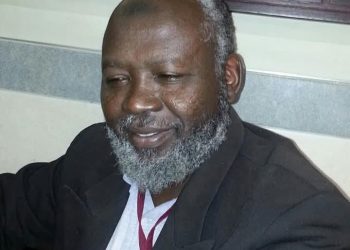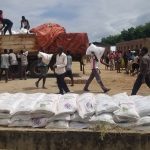Despite assurance from Blantyre Water Board (BWB) officials that there will be uninterrupted water supply during this season, it seems there is no hope that the problem will indeed end soon.
Though BWB has done some measures to solve this problem but water scarcity remains a challenge in urban residents of Blantyre due among others rapid population growth which has increased demand, vandalism of water pipes and silting of the catchment area of Mudi river by people who do farming activities along it.
There are reports that some of the people who were doing farming activities along Mudi river are still maintaining their stand that they will continue farming along the river despite receiving a compensation from BWB.
Earlier this year BWB got some money from the World Bank amounting to k49 million to compensate people who were doing farming activities along the catchment area of Mudi river.
The water treatment at walker’s ferry, which is a backbone of BWB, was commissioned in 1963. The design and the treatment plant and other machinery was based on the population of that time.
Since the commissioning of the Walker’s Ferry treatment plant, there has only been one upgrade of the plant which was done in 1996 and was aimed at meeting the demand of the up the year 2000.
This mainly involved upgrading water treatment plant to 78,00 cubic meters and installation of additional pump to the pumping capacity of 83,00 cubic meters per day but the equipment was still installed in 1963.
Daily demand for Blantyre is 96,000 cubic meters, Mudi treatment plant situated at BWB head offices was designed to act as an emergency supply system in case of failure and is being utilized continuously due to increase in demand in the Limbe side.
The system was designed tom produce up to 45,000 cubic meters of treated water, however, due to poor quality of raw water from Mudi Dam, the treatment works only able to produce an average of 8,000 cubic meters per day.
Most of the equipment for BWB have outlived their design life and therefore need replacement.
It is not strange to see people especially women queuing in water kiosks and walking long distances as far as in mountains like Ndirande, Soche and other areas in search of water which is a clear testimony that water problems among residents of Blantyre is really a great challenge.




















